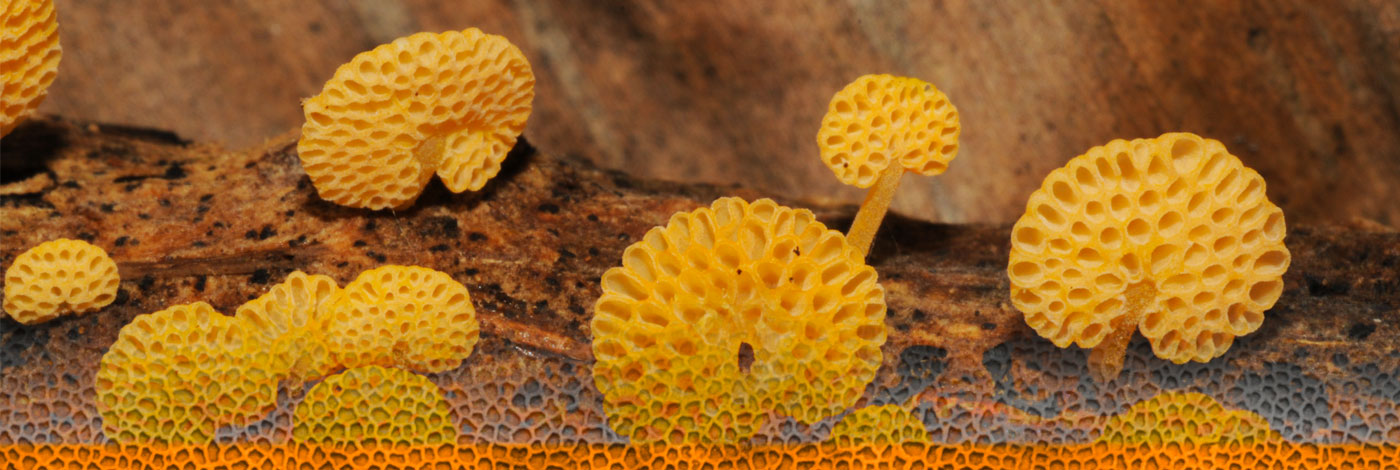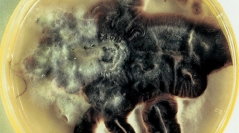

 Cryptogamie, Mycologie
23 (4) - Pages 335-347
Cryptogamie, Mycologie
23 (4) - Pages 335-347The Buller phenomenon consists in the dikaryotisation of a monokaryon by a heterocaryon, a process widespread among Basidiomycetes. The species of genus Armillaria, generally hetothallic tetrapolar, are characterized by a secondary mycelium made of diploid and uninucleate cells. However, a process analogous to the Buller phenomenon has been observed in the tetrapolar Armillaria species. In the present study, the Buller phenomenon was investigated in Armillaria heimi Pegler, an African species consisting of bipolar and homothallic populations. It was shown that the single spore, haploid mycelia from the bipolar populations can be diploidized by diploids from both bipolar and homothallic populations. This result confirms that the bipolar and homothallic populations belong to the same species. Fertile basidiomes were obtained from the diploidized haploids. Molecular analysis with RAPD markers showed that at least in one case, the diploid originating from the Buller phenomenon resulted from a recombination between the genotypes of the donor diploid and the haploid. The diploid was never modified by the haploid.